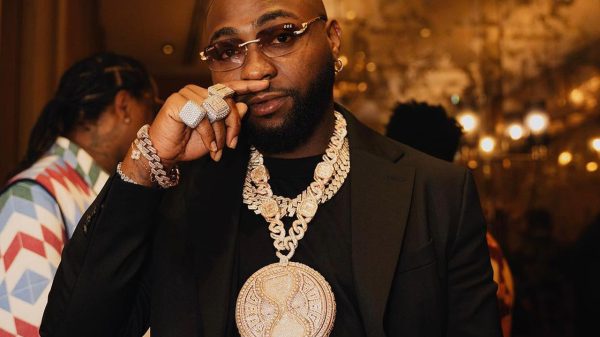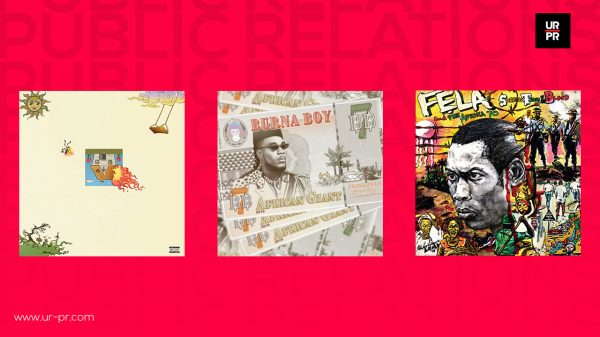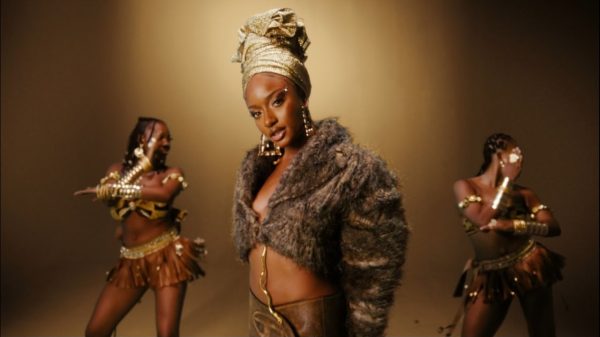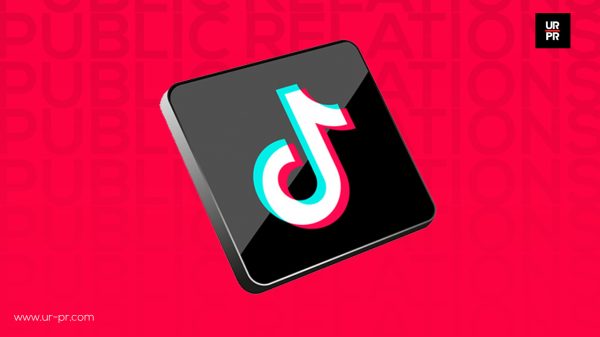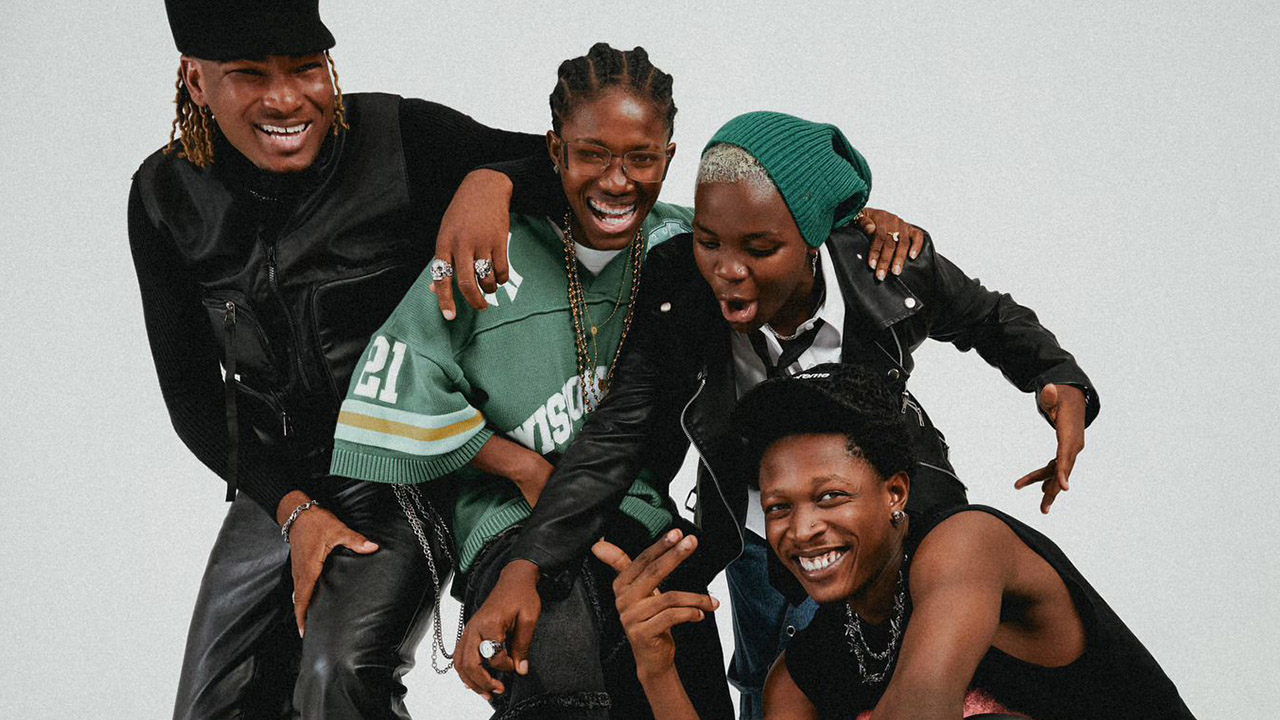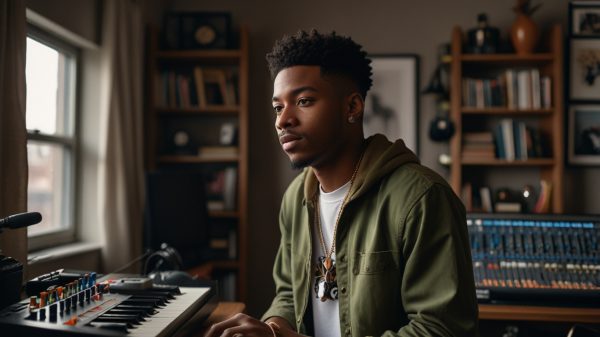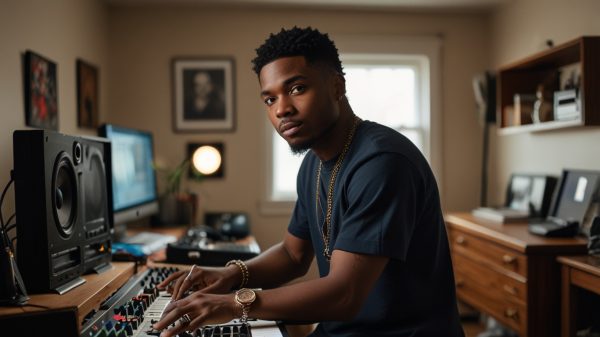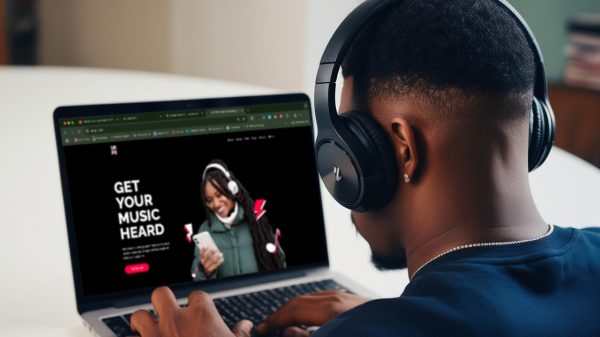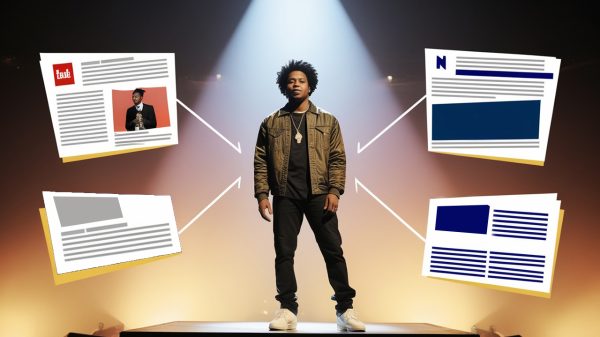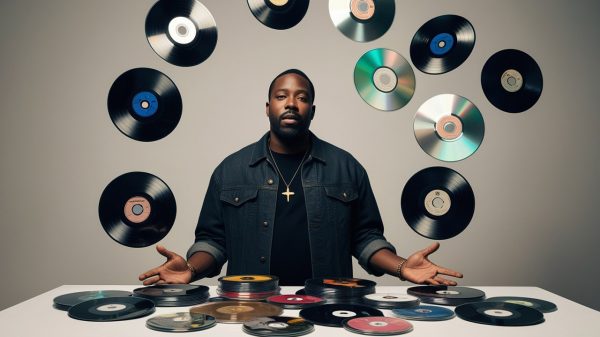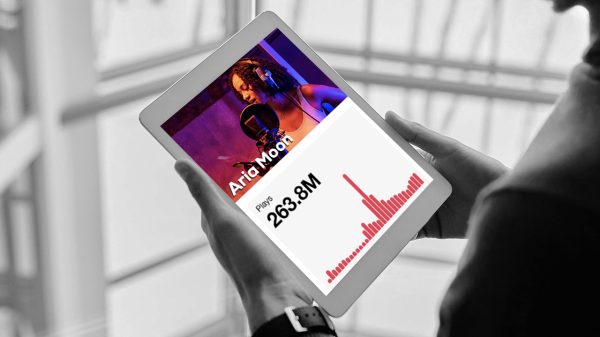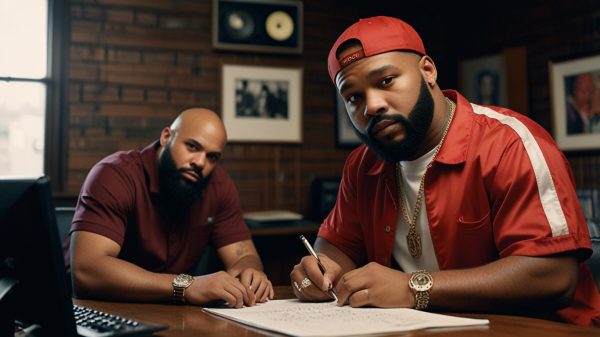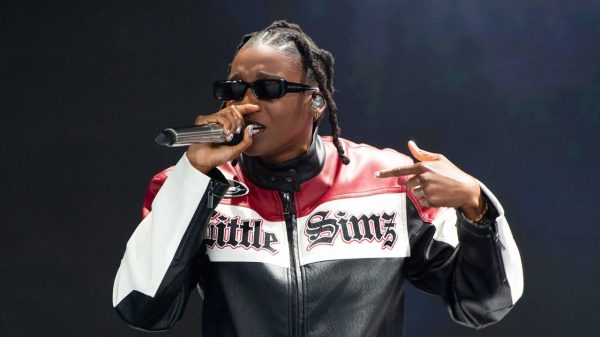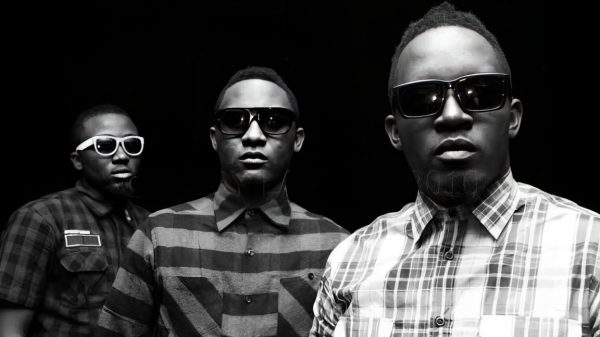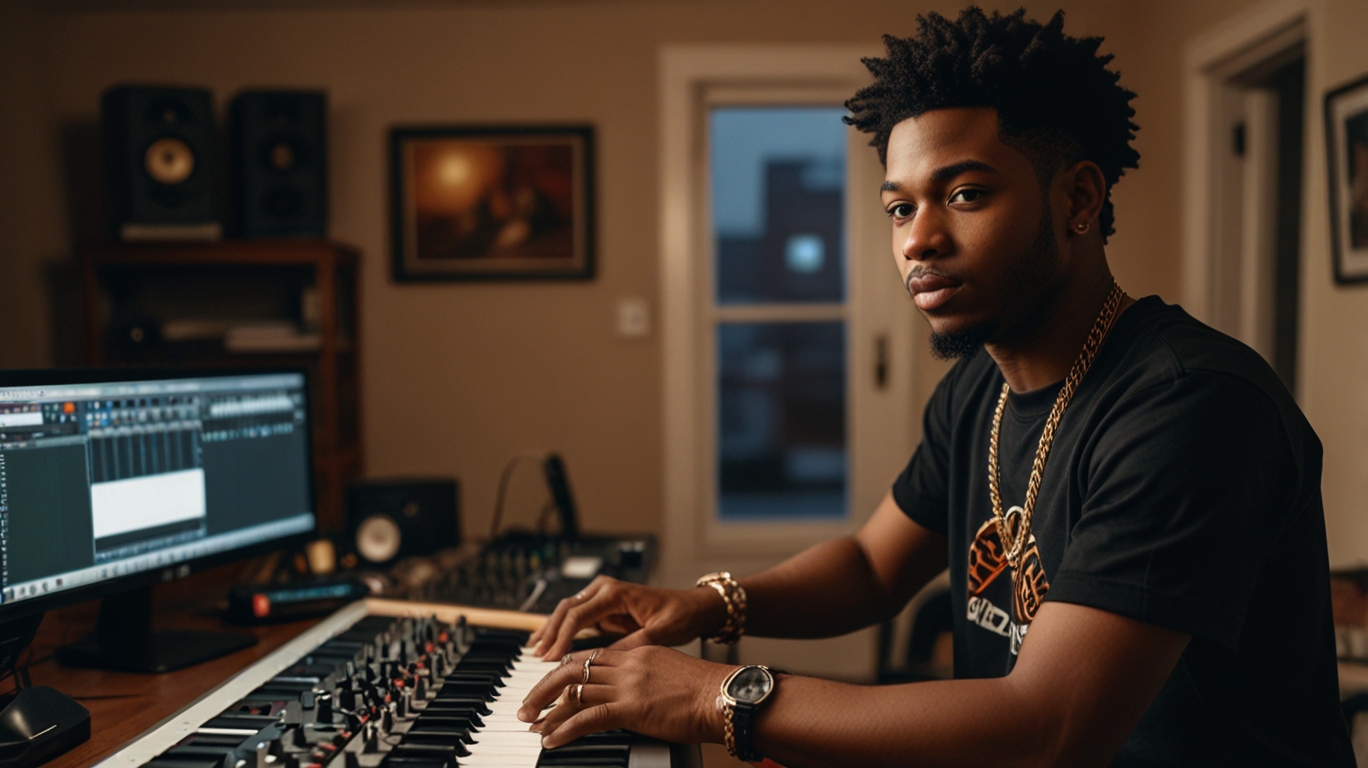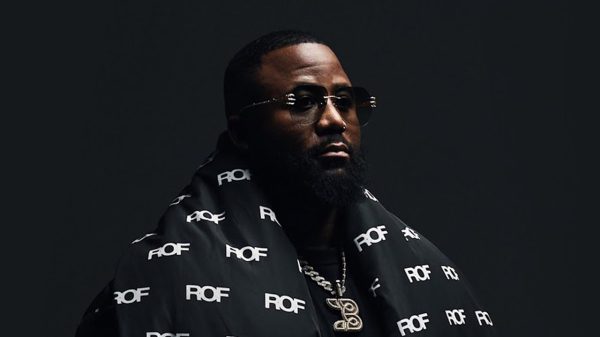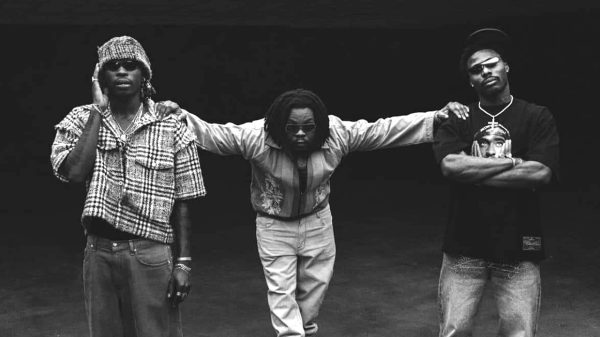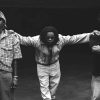In the world of music production, a Digital Audio Workstation (DAW) is the centerpiece of any studio setup. Whether you’re a budding producer, a seasoned musician, or someone exploring audio engineering, a DAW is your primary tool for recording, editing, mixing, and mastering music. With countless options available, choosing the right one can feel overwhelming. In this article, we’ll explore the best DAWs for 2025, tailored to various needs and experience levels, and guide you on what to look for when picking your ideal software.
What’s a DAW, and Why Do You Need One?
A DAW or Digital Audio Workstation is a software application used to record, edit, produce, and manipulate audio files. Think of it as your digital music studio where you can:
- Record live instruments and vocals.
- Create beats and loops.
- Edit tracks with precision.
- Mix and master audio for a polished sound.
Without a DAW, modern music production would be nearly impossible. It’s the backbone of any project, allowing musicians and producers to bring their creative visions to life.
Exploring DAW Options: Which Type Suits You Best?
When it comes to DAWs, one size doesn’t fit all. Different musicians and producers have varying needs, which makes it crucial to pick a DAW that aligns with your workflow and style.
Traditional DAWs
Traditional DAWs like Pro Tools, Logic Pro, and Cubase are designed to handle all aspects of music production, from recording live bands to programming complex MIDI arrangements. These are ideal for those who want flexibility and are working across multiple genres.
Pros:
- Versatile for different music styles.
- Comprehensive tools for editing and mixing.
- Compatible with a wide range of plugins and hardware.
Cons:
- Steeper learning curve for beginners.
- Often require powerful computer systems.
Loop-Based DAWs
Loop-based DAWs such as FL Studio and Serato Studio are perfect for beatmakers and DJs. They emphasize simplicity and speed, letting you focus on creativity rather than technical details.
Pros:
- Intuitive for creating beats and loops.
- Faster workflow for electronic music producers.
- Beginner-friendly interfaces.
Cons:
- Limited features for advanced recording and mixing.
- Not ideal for recording live instruments.
How to Pick the Right DAW for Your Music Style
Selecting the right DAW depends on your music style, technical expertise, and budget. Here are some key considerations:
- Music Genre: If you’re producing electronic music, a loop-based DAW like FL Studio might be best. For multi-genre production, consider Ableton Live or Logic Pro.
- Budget: Some DAWs like Pro Tools offer subscription plans, while others like Reaper provide cost-effective lifetime licenses.
- Operating System: Logic Pro is exclusive to Mac, while others like Ableton Live and FL Studio are cross-platform.
- Learning Curve: Beginners may prefer simpler DAWs with built-in tutorials and intuitive interfaces.
- Compatibility: Ensure the DAW supports your audio interface, MIDI controllers, and plugins.
Top DAWs to Kickstart Your Music Journey
Here are some of the top DAWs for 2025, each with unique strengths and target audiences:
Ableton Live
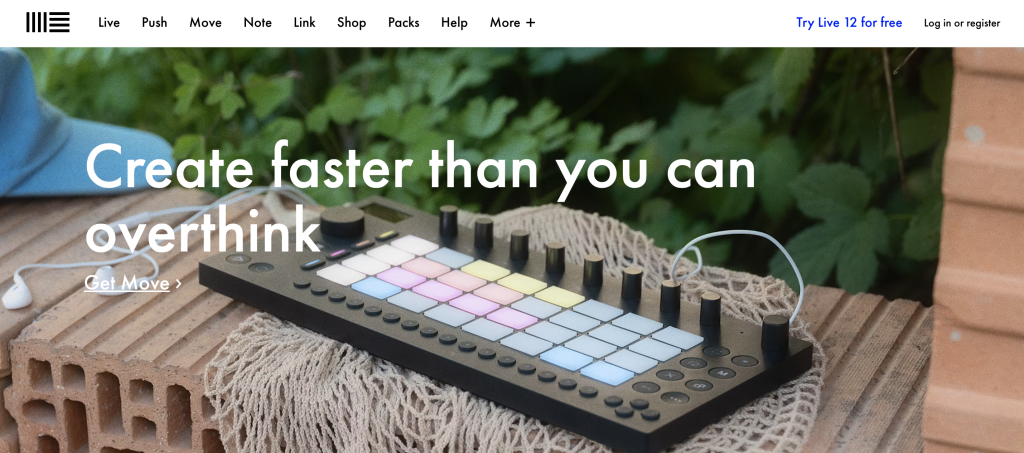
Ableton Live is renowned for its seamless workflow, making it ideal for beginners and professionals alike. Its session view is perfect for live performances and electronic music production.
Key Features:
- Intuitive clip-based workflow.
- Excellent MIDI editing capabilities.
- Robust library of sounds and instruments.
Best For: Electronic music producers and live performers.
Logic Pro
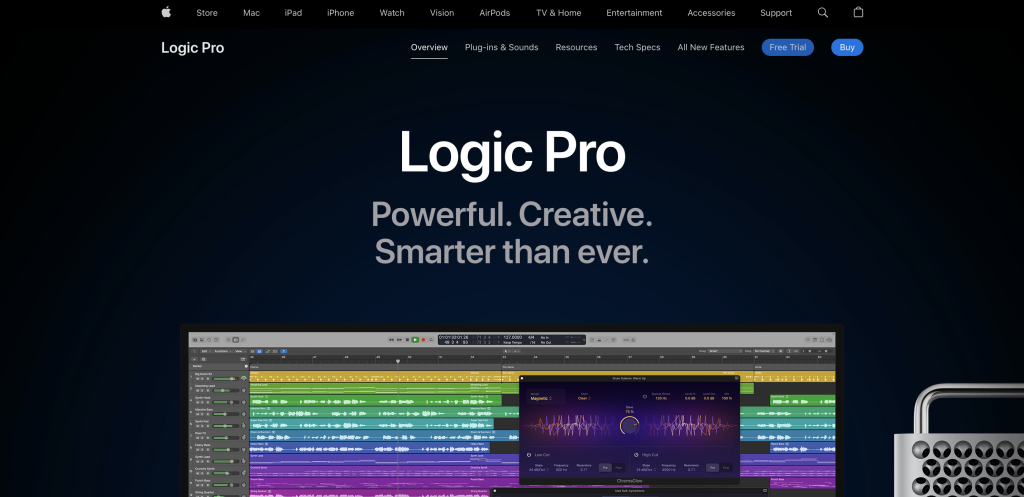
Logic Pro is Apple’s flagship DAW and a favorite among Mac users. It’s packed with high-quality instruments, loops, and plugins, offering a professional-grade environment.
Key Features:
- Advanced recording and editing tools.
- Huge library of virtual instruments and loops.
- Integration with other Apple products like GarageBand.
Best For: Mac users producing multi-genre music.
Serato Studio
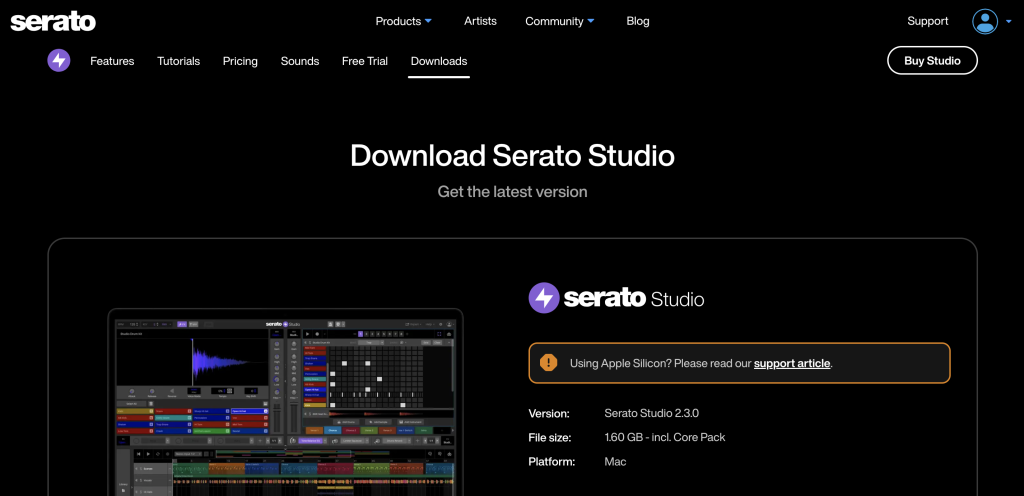
Serato Studio simplifies beat-making for DJs and producers. Its clean interface and pre-mapped controls make it accessible for beginners.
Key Features:
- Intuitive drag-and-drop interface.
- Pre-made drum patterns and loops.
- Integration with Serato DJ software.
Best For: DJs and those new to beat-making.
FL Studio
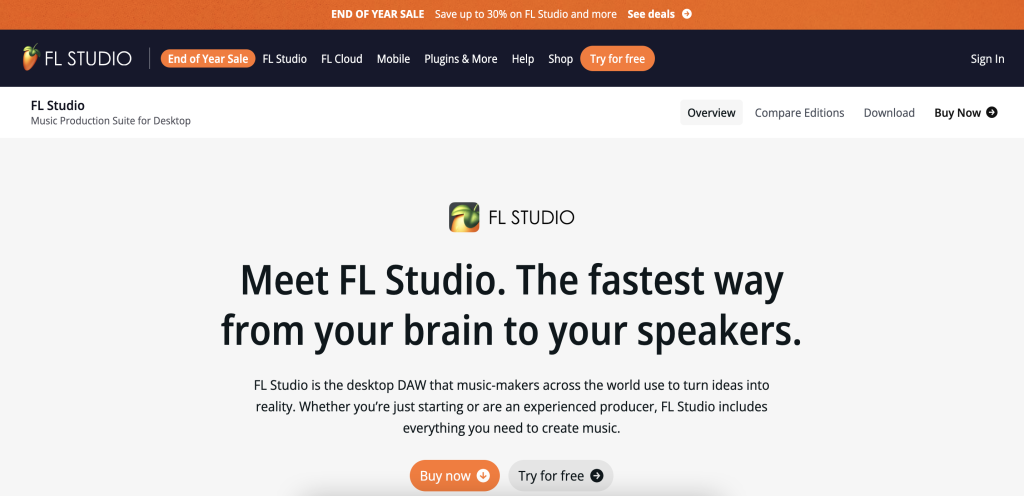
Formerly known as FruityLoops, FL Studio is a favorite for its simplicity and creative workflow. It’s beginner-friendly yet powerful enough for seasoned producers.
Key Features:
- Intuitive piano roll for MIDI programming.
- Lifetime free updates.
- Extensive plugin support.
Best For: Beginners and electronic music producers.
Key Features to Look for in a Beginner-Friendly DAW
When choosing your first DAW, focus on features that make learning and creating easier:
- User-Friendly Interface: Look for a clean layout with easily accessible tools.
- Built-In Tutorials: Some DAWs include tutorials or guided workflows for new users.
- Library of Sounds: Pre-installed instruments, loops, and samples are essential for getting started.
- Compatibility: Ensure it works with your computer’s operating system and hardware.
- Affordable Pricing: Free trials or budget-friendly options can help you experiment without a major financial commitment.
Tips for Learning and Mastering Your First DAW
- Start Small: Focus on mastering basic features before diving into advanced tools.
- Leverage Tutorials: Utilize online courses, YouTube videos, and built-in guides.
- Experiment: Spend time exploring the software to understand its capabilities.
- Collaborate: Join communities or forums where users share tips and tricks.
- Practice Regularly: Consistency is key to developing your skills.
Choosing the right DAW is a pivotal step in your music production journey. By understanding your needs and exploring various options, you can find software that empowers your creativity. Whether you’re making beats with FL Studio, recording with Logic Pro, or performing live with Ableton Live, the right DAW can transform your ideas into professional-quality tracks.
If you’re an African musician looking to amplify your reach, UR-PR is the best music marketing and promotion agency to help you secure press placements and social media promotion on top African music platforms. Let UR-PR elevate your music to new heights.
Frequently Asked Questions (FAQs)
Which DAW is most beginner friendly?
FL Studio and Serato Studio are considered the most beginner-friendly due to their intuitive interfaces and simplified workflows.
Which recording software is best for beginners?
Ableton Live and Logic Pro are excellent for beginners who want versatile tools with a rich feature set.
What is the easiest DAW to use for Mac?
Logic Pro is the easiest and most optimized DAW for Mac users, thanks to its seamless integration with macOS.
Which DAW has the lowest learning curve?
FL Studio and Serato Studio have the lowest learning curves, making them ideal for new producers.
What is the hardest DAW to learn?
Pro Tools is often regarded as the hardest DAW to learn due to its complexity and professional-grade features.
What is the minimum RAM for a DAW?
Most DAWs require at least 8GB of RAM for optimal performance, though 16GB or more is recommended for complex projects.

